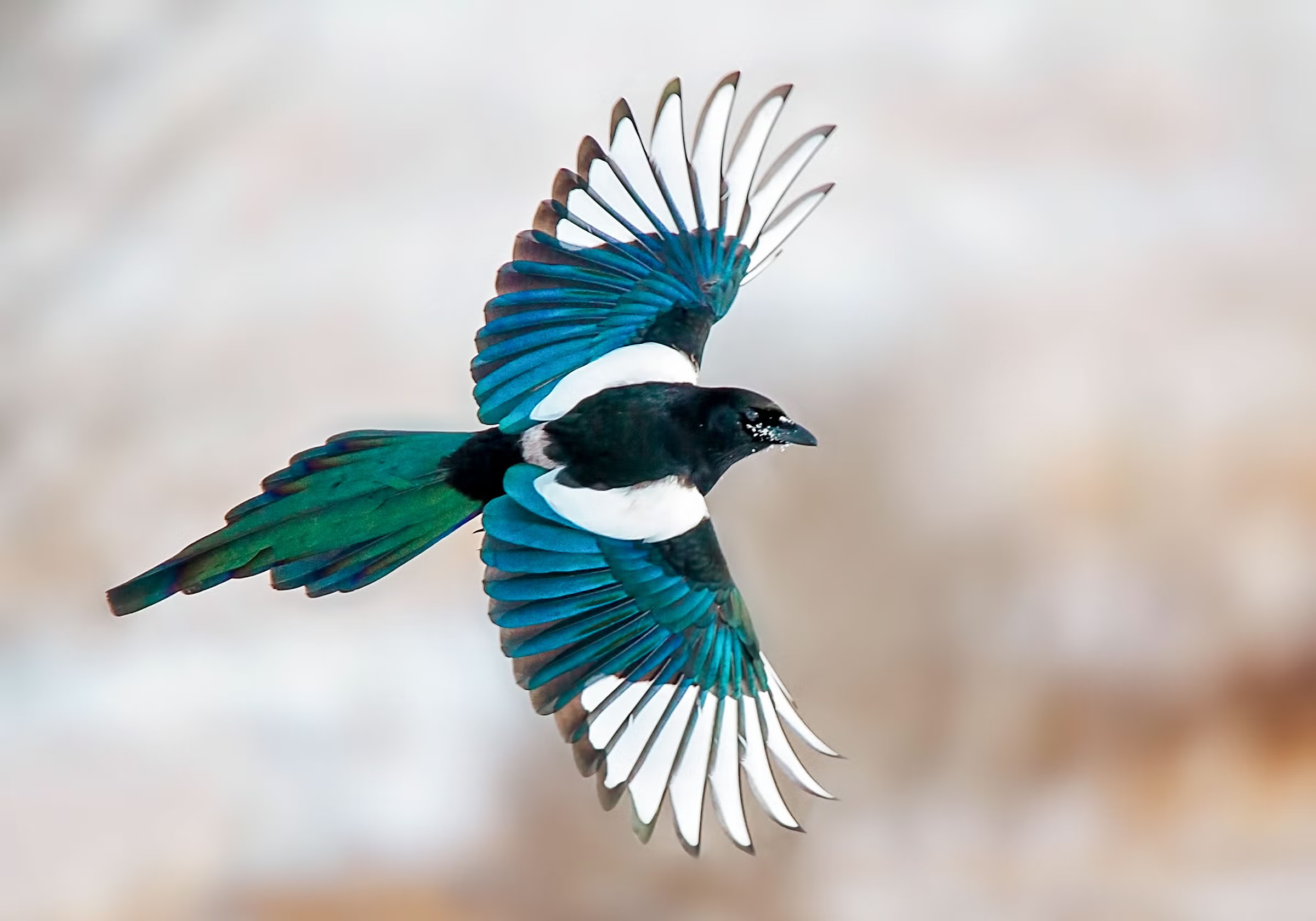Fascinating Facts About Magpies

Magpies have long held a place in both awe and superstition. Found across Europe, Asia, North America, and Australia, these highly intelligent birds are often recognized by their glossy black-and-white feathers and distinctive chatter. But magpies are much more than just striking looks—they’re social geniuses, excellent mimics, and even cultural icons. Let’s explore the most curious, surprising, and quirky facts about these remarkable birds.
1. Magpies Are Brainy Birds
Magpies belong to the corvid family, which includes crows and ravens—known to be some of the smartest animals on Earth. Magpies can:
- Use tools, such as sticks to probe for insects.
- Recognize themselves in mirrors, a rare trait shared with only a few mammals and birds.
- Understand cause and effect, problem-solve, and plan ahead.
- Remember faces, particularly human ones, and can differentiate between friendly and threatening individuals.
This level of intelligence is often compared to that of a 4- to 5-year-old child.
2. Do Magpies Really Steal Shiny Objects?
The belief that magpies steal shiny things like jewelry is widespread in folklore, especially in Europe. This myth was popularized by Gioachino Rossini’s opera La gazza ladra (The Thieving Magpie).
However, scientific studies have shown that magpies are often wary of new objects—shiny or not. In fact, they’re more likely to avoid unfamiliar items than steal them. So while they are curious, the “jewel thief” reputation is likely more myth than fact.
3. Magpies and the Mirror Test
Magpies are the first non-mammal shown to pass the mirror test—a measure of self-awareness. In experiments, researchers placed a mark on the magpie’s body that it could only see in a mirror. The bird tried to remove the mark after looking at its reflection, proving it understood the image was itself, not another bird.
4. A Complex Social Life
Magpies are highly social and often live in large family groups. They use a wide range of calls to communicate and may even hold ‘funerals’, where groups gather around the body of a deceased magpie—calling, inspecting, and observing in silence.
Their nests are architectural feats—large, domed structures built from sticks and lined with softer materials. Some pairs mate for life and may use the same nest year after year.
5. Magpies in Myth, Legend, and Superstition
- In British and Irish folklore, seeing a single magpie is considered bad luck, while two is good:
“One for sorrow, two for joy…” (a rhyme with several versions). - In Chinese culture, magpies are symbols of happiness, and their song is seen as an omen of good news.
- In Korea, magpies are considered bringers of good fortune and messages from the spirit world.
- In Indigenous Australian traditions, magpies are respected figures that appear in creation stories.

6. Australian Magpies: A Different Breed
Though named “magpie,” the Australian magpie is not closely related to the Eurasian species—it belongs to a different family. Still, it shares many traits: high intelligence, a complex song repertoire, and striking black-and-white plumage.
These magpies are infamous in Australia during spring for swooping at humans to protect their nests—sometimes leading cyclists to wear spiky helmets for defense!
7. Vocal Virtuosos
Magpies have one of the most complex bird songs. They can:
- Mimic the calls of other birds, animals, and even human-made sounds.
- Sing in a variety of tones and patterns.
- Communicate not just emotion, but possibly even identity and intent through their vocalizations.
In the early morning, you might hear them singing in duets or choruses, especially during the breeding season.
8. Guardians of Territory
Magpies are fiercely territorial, especially during nesting season. They have excellent memory and will remember intruders (human or animal), often warning them off with loud chatter or even divebombing. But they’re also known to befriend humans who regularly feed them.
Conclusion: A Bird Worth Watching
With their charming personalities, sharp intelligence, and deep roots in global culture, magpies are one of the most captivating birds in the natural world. Far from being mere nuisances or folklore figures, they are complex creatures who remind us that intelligence, curiosity, and even a touch of mischief aren’t just human traits.



